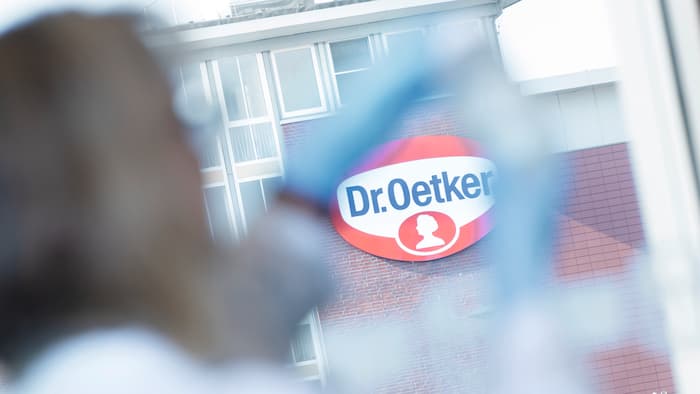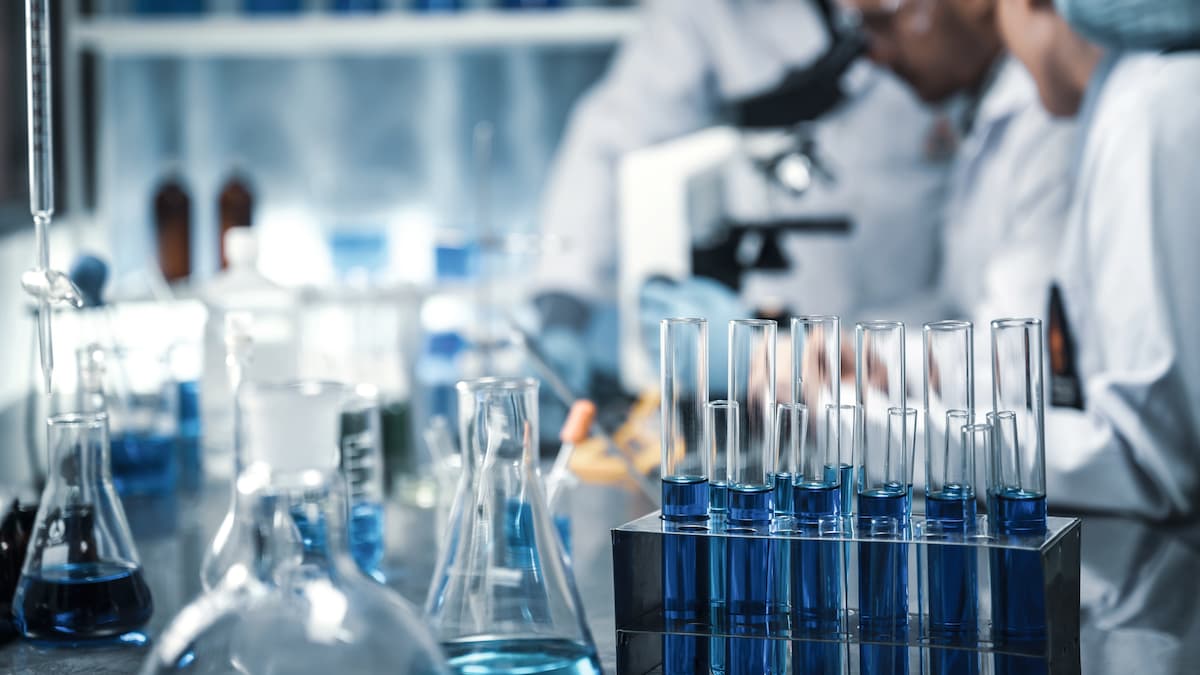
Technology shaping accuracy and precision in the lab
The importance of data
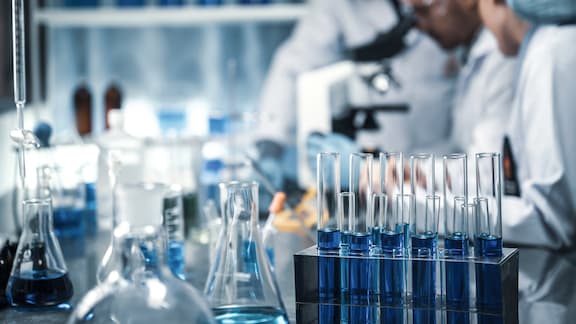
Managing data is vital in the lab industry – it is at the heart of all research and development. If data is improperly collected or stored it can be lost before analysis is done, impede the research process and prevent results from being verified. Whether or not you are using technology to record data or taking manual notes to store information, accuracy is crucial. The downside of manual data collection is that this method increases the risk of human error, poor data security and data siloes, and may result in incomplete data sets. Yet a global report shows that scientists, researchers and investigators still haven’t automated over half of their lab operations. The good news is that many would like to boost the use of new technologies in order to produce more reliable results, reduce errors, and improve trend analysis.
Infusing data with technology
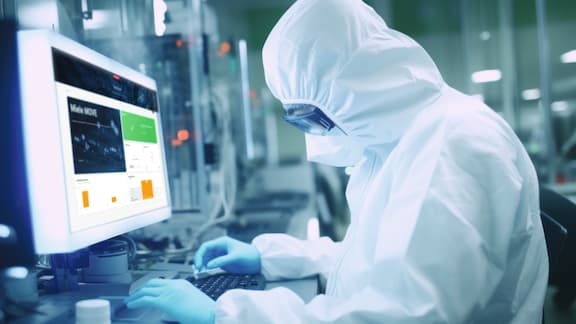
Laboratory Information Management Systems (LIMS); a software that automates workflows, integrates instruments, and supports the management of samples and associated information; have been in the market for several years. Labs using the software not only have access to improved data management and organisation but also gain other benefits such as increased productivity and efficiency. However, LIMS, is now being incorporated with AI-powered analytics to help transform laboratory data into action-ready insights. For example, in pharmaceuticals, it can reduce the time it takes to bring new drugs on to the market. As we take a look into the future, AI will become ever more present in the lab industry, especially as the amount of data available continues to grow and experiments become even more complex.
Data collaboration and connectivity
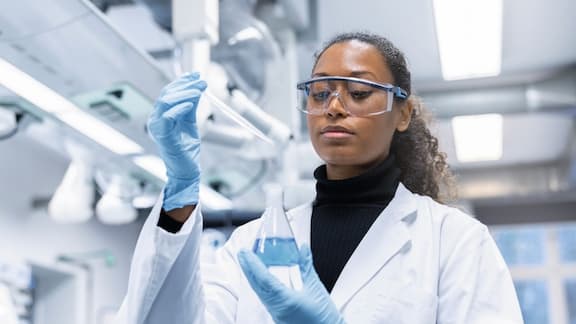
Other areas of technology that will reform the lab industry, supporting both accuracy and precision includes connectivity and data digitalisation. The latter, which can be closely linked to the implementation of a LIMS and AI to manage data, focuses on the growing requirement for cloud-based storage. Hard drives and local servers can no longer be an option for labs who want to store their data securely and access it worldwide. Additionally, with concerns surrounding privacy and internet security, this will need to be combined with specialised encryption software and employee training on data-sharing, confidentiality as well as any relevant legislation. Interconnectivity between equipment and instruments will also improve processes within the lab. For example, monitoring equipment such as incubators and freezers – or even the wash temperatures and the dosage amount of your lab glasswashers – guarantees the protection of samples and instruments, ensures high quality results, and supports compliance. According to The Scientist, automated sequencers and data analysis software that can send information to digital notebooks will also aid lab professionals with the accuracy of results and data collaboration.
How do our solutions help?
Whilst the integration of data and technology will help drive accuracy and precision, the challenge for any laboratory will be to ensure all of its equipment is ready for enhanced capabilities and that lab professionals are able to mine the insights it provides in an efficient way. For example, we offer flexible solutions that can support the documentation processes of lab glasswashers. Miele MOVE, our intuitive solution for Miele Professional networked machines, makes it easy for lab professionals to keep high standards of hygiene. The platform, which can be accessed from any web browser, helping users to review and document programmes in place for this purpose. With its in-depth process data logging feature Miele MOVE is providing valuable proof points to support hygiene compliance. As many lab activities are extremely time-sensitive, with downtime and faults putting results at risk, the platform automatically informs users of the status of machines, providing programme sequence notifications as well as alerts if any interruptions happen. This speeds up processes, boosts productivity, and reduces operating costs.
If you want to learn more about how we’re helping the lab industry become more efficient with our solutions, head over to our industry insights page:
Do you want to know more about Miele’s history? Or how we operate? Continue to read here:

We are your inspiring commercial solutions partner, providing a holistic and sustainable approach for your business, delivering outstanding results with top-class efficiency.
- 1.https://emea.illumina.com/informatics/infrastructure-pipeline-setup/lims.html
- 2.https://www.lablynx.com/resources/articles/ai-driven-analytics-turn-pharma-lims-data-into-useful-insights/#:~:text=Incorporating%20AI%20with%20LIMS%20equips,comparable%20settings%20to%20assess%20accuracy.
- 3.https://www.the-scientist.com/sponsored-article/the-laboratory-of-the-future-how-new-technologies-reform-research-71145
- 4.https://www.miele.com/en/com/datadiary2020-6975.htm#p6978
- 5.https://www.miele.co.uk/p/software-downloads-3048.htm
